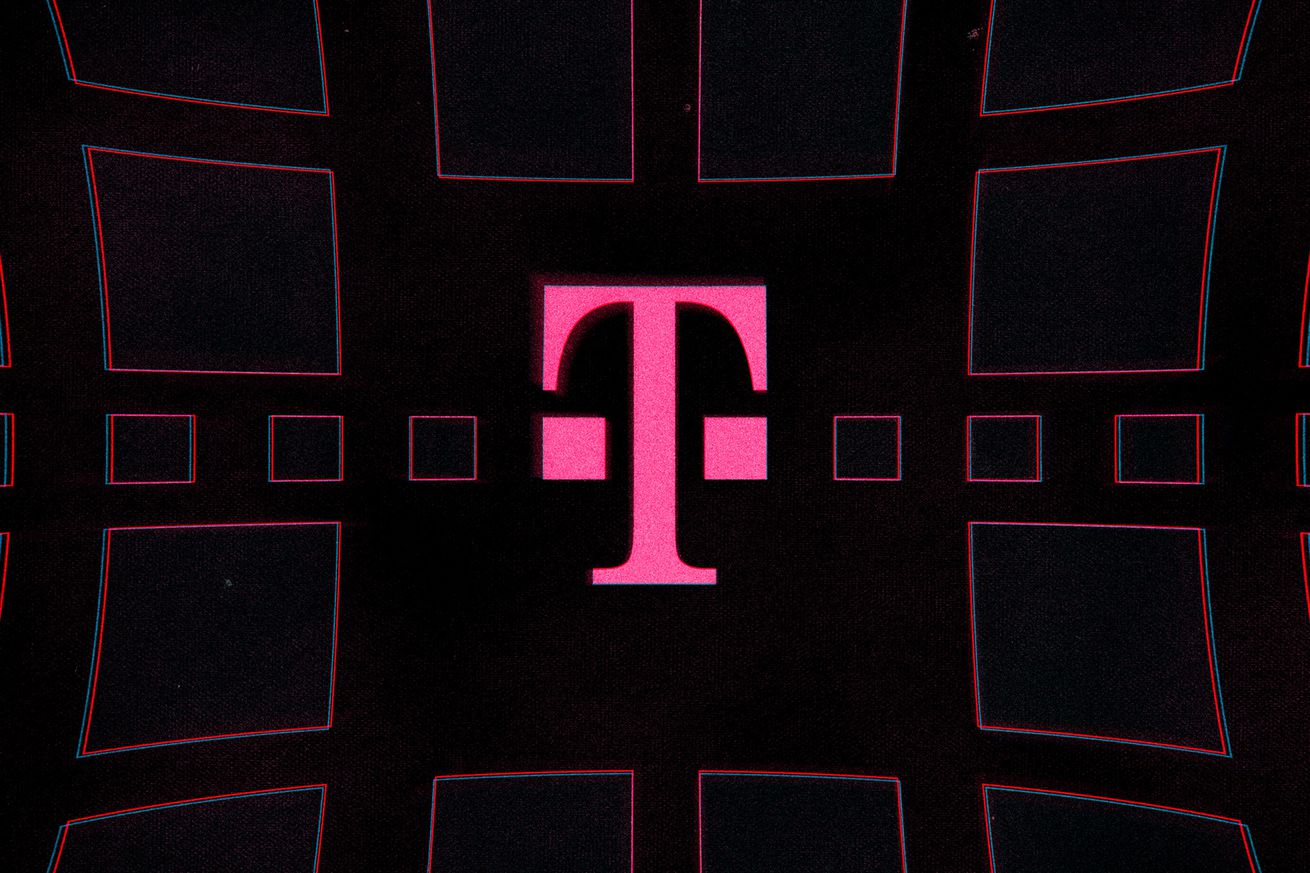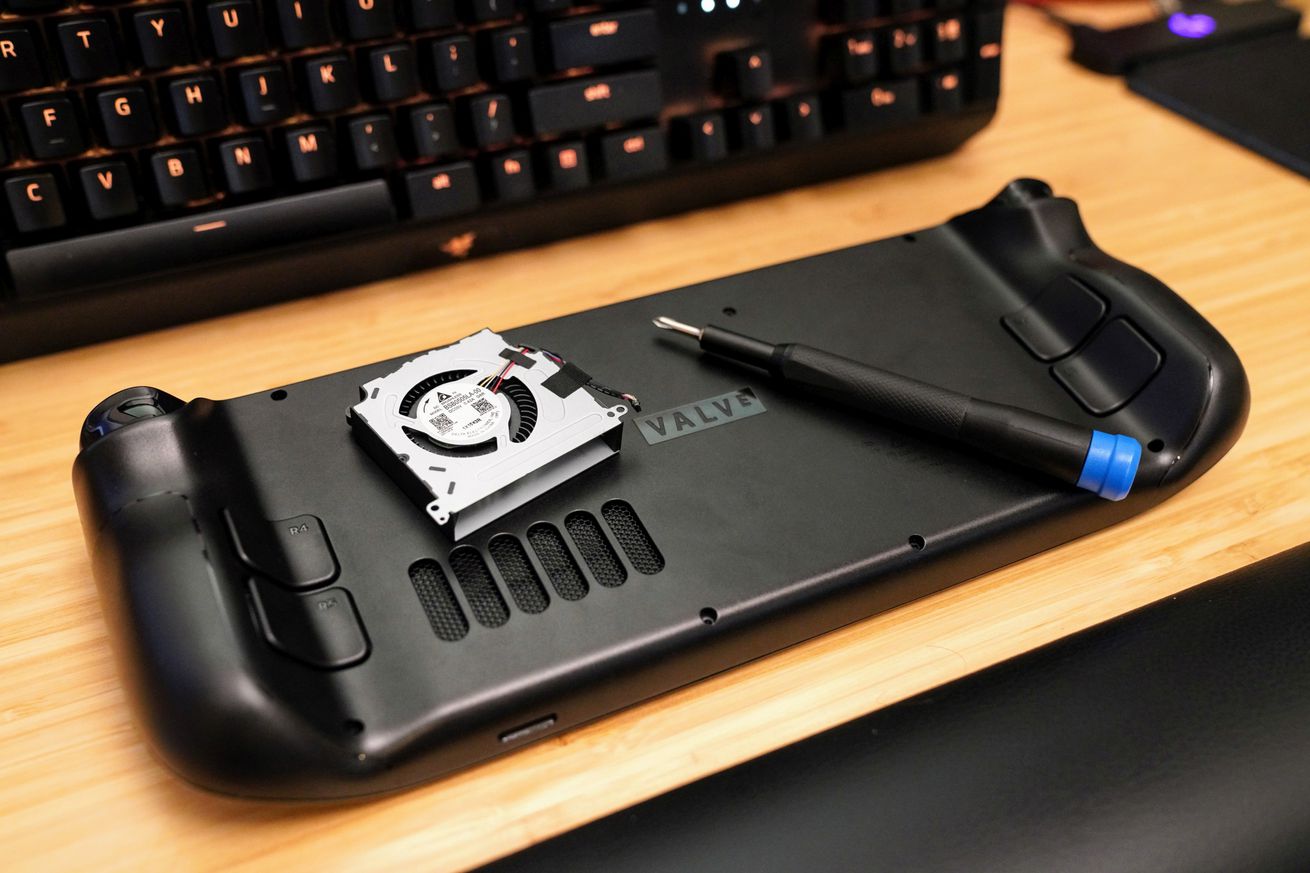
Mark Zuckerberg believes that Apple and his company are in a “very deep, philosophical competition” to build the metaverse, suggesting the two tech giants are ready to butt heads in selling hardware for augmented and virtual reality.
The Meta CEO told employees earlier this month that they were competing with Apple to determine “what direction the internet should go in,” according to a recording of his comments during an internal all-hands meeting obtained by The Verge. He said that Meta would position itself as the more open, cheaper alternative to Apple, which is expected to announce its first AR headset as soon as later this year.
“This is a competition of philosophies and ideas, where they believe that by doing everything themselves and tightly integrating that they build a better consumer experience,” Zuckerberg said of the brooding rivalry. “And we believe that there is a lot to be done in specialization across different companies, and [that] will allow a much larger ecosystem to exist.”
Since rebranding Facebook’s company name to Meta, Zuckerberg has been pushing for the concept of interoperability for the metaverse, or what he sees as the next major chapter of computing after mobile phones. Meta recently helped stand up the Metaverse Open Standards Group with Microsoft, Epic Games, and others. The idea is to spur the creation of open protocols that will let people easily move through future immersive, 3D worlds with their virtual goods.
Apple is absent from the group, which Zuckerberg called out as not surprising in his comments to employees. He explained how Apple’s approach of building hardware and software it tightly controls had worked well with the iPhone, but that for the metaverse, “it’s not really clear upfront whether an open or closed ecosystem is going to be better.”
While CEO Tim Cook has been upfront about the company’s interest in AR as a category, Apple has been characteristically silent about its unannounced hardware plans. Even still, all signs point to the imminent release of a high-end headset that blurs the full immersion of VR with AR experiences that overlay over the real world. Meta is planning to release a similar kind of headset later this year, codenamed Cambria, and is also readying its first true pair of AR glasses.
If VR and AR do take off like Zuckerberg hopes, it seems he wants to position Meta as the Android to Apple’s iOS. There is a parallel to draw already: Meta’s Quest headset already allows the side loading of apps that are not approved by Meta’s VR app store, similar to how Google’s Android allows for sideloading. And even though it just increased the price of the Quest by $100, Meta’s hardware is still mostly sold at a loss or breakeven.
Apple and Meta have never really seen eye to eye. The former is currently costing the latter billions of dollars a year in lost ad revenue on iOS, thanks to its prompt that asks people if they want a third-party app to track them for showing ads. Zuckerberg’s remarks suggest that even as he tries to invent his way out of being under Apple’s thumb on mobile, the two tech giants are going to be battling for years to come.
Below is a lightly edited transcript of Zuckerberg’s answer on June 30th to a Meta employee’s question about metaverse competition with Apple:
Employee question: Apple is absent from metaverse standards and are coming out with their own AR glasses. How does that affect Oculus and our ecosystem? Thanks.
Mark Zuckerberg: I think it’s pretty clear that Apple is going to be a competitor for us, not just as a product but philosophically. We’re approaching this in an open way and trying to build a more open ecosystem. We’re trying to make more stuff interoperable with Android. We’re trying to develop the metaverse in a way where you can bring your virtual goods from one world to another. We created the Metaverse Open Standards Group with a bunch of other folks that you just mentioned, and Apple didn’t join. But I don’t think that’s a surprise. Apple, for a few generations of computing now, has been the closed provider of computing.
This is a competition of philosophies and ideas, where they believe that by doing everything themselves and tightly integrating that they build a better consumer experience. And we believe that there is a lot to be done in specialization across different companies, and [that] will allow a much larger ecosystem to exist.
One of the things I think is interesting is that it’s not really clear upfront whether an open or closed ecosystem is going to be better. If you look back to PCs, Windows was clearly the one that had a lot more scale and became the default and norm that people used. And Mac did fine, but I think PC and Windows were, I think, the premier ecosystem in that environment.
On mobile, I would say it’s more the other way. There’s more Android devices than there are iOS devices, but I think in developed countries and places like the US or Western Europe in kind of the high end, [and] a lot of the culture-setters and developers, I do think that skews quite a bit more towards iPhone and iOS. So I’d say on mobile, Apple has really carved out quite a good position for themselves, and that’s why they’re the most valuable company in the world, or maybe one of the couple most valuable companies in the world.
But I just don’t think that the future is written here yet for the metaverse. And I think part of our job is we’re going to continue doing leading research and pushing on this at all levels of the stack. We’re doing VR. We’re doing AR. We basically deliver our devices at cost or at a slight subsidy, or slightly more than cost in some cases. But the bottom line is our business is not primarily taking a premium on the devices. We want as many people to be interacting in there as possible. Part of that is having it be an open ecosystem that’s interoperable.
Our north star is can we get a billion people into the metaverse doing hundreds of dollars a piece in digital commerce by the end of the decade? If we do that, we’ll build a business that is as big as our current ad business within this decade. I think that’s a really exciting thing. I think a big part of how you do that is by pushing the open metaverse forward, which is what we’re going to do.
So yeah, Apple is going to be a competitor. I think that that’s pretty clear, but it’s actually a very deep competitor. It’s not just [that] they have a device that has some more features than us. It’s a very deep, philosophical competition about what direction the internet should go in. And I am proud of the investments that we’re making to help push forward the open metaverse on this and hopefully make the next version of computing a bit more open.

/cdn.vox-cdn.com/uploads/chorus_asset/file/23898560/g735headset.jpg) Logitech
Logitech
/cdn.vox-cdn.com/uploads/chorus_asset/file/23898563/g715kbwristrest.jpg) Logitech
Logitech
/cdn.vox-cdn.com/uploads/chorus_asset/file/23898570/g705mouse.jpg) Logitech
Logitech


/cdn.vox-cdn.com/uploads/chorus_asset/file/23895810/FYZLAQ_VQAA9XwB.jpg)
/cdn.vox-cdn.com/uploads/chorus_asset/file/23895978/FYZLF_RUsAES1tR.jpg)



/cdn.vox-cdn.com/uploads/chorus_asset/file/23845297/jporter_220715_5336_0007.jpg)
/cdn.vox-cdn.com/uploads/chorus_asset/file/23845295/jporter_220715_5336_0005.jpg)
/cdn.vox-cdn.com/uploads/chorus_asset/file/23845296/jporter_220715_5336_0006.jpg)
/cdn.vox-cdn.com/uploads/chorus_asset/file/23845292/jporter_220715_5336_0002.jpg)
/cdn.vox-cdn.com/uploads/chorus_asset/file/23845298/jporter_220715_5336_0008.jpg)
/cdn.vox-cdn.com/uploads/chorus_asset/file/23845294/jporter_220715_5336_0004.jpg)






/cdn.vox-cdn.com/uploads/chorus_asset/file/23889936/ezgif.com_gif_maker__6_.jpg) Square Enix
Square Enix

/cdn.vox-cdn.com/uploads/chorus_asset/file/23889928/steam_deck_fan_swap_002.jpg) Photo by Sean Hollister / The Verge
Photo by Sean Hollister / The Verge
/cdn.vox-cdn.com/uploads/chorus_asset/file/23889910/steam_deck_ifixit_kit.jpg) Photo by Sean Hollister / The Verge
Photo by Sean Hollister / The Verge


